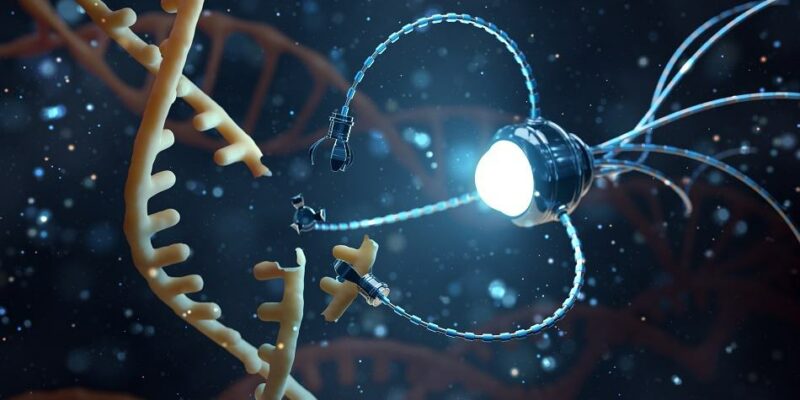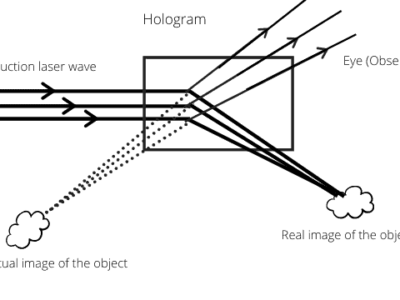
Nanobots, also known as nanomachines, are microscopic robots that are one to 100 nanometers in size. They are made up of atoms and molecules, and they can be programmed to perform specific tasks. Nanobots have the potential to revolutionize many industries, including medicine, manufacturing, and energy.
One of the most promising applications of nanobots is in medicine. Nanobots can be used to deliver drugs directly to cells, to repair damaged tissue, and to fight cancer. For example, nanobots have been developed that can carry chemotherapy drugs directly to cancer cells. This approach has the potential to improve the effectiveness of chemotherapy and to reduce its side effects.
Nanobots can also be used to diagnose diseases. For example, nanobots have been developed that can travel through the bloodstream and detect cancer cells. These nanobots can then send signals back to a doctor, who can use this information to diagnose the cancer and make treatment plans.
In manufacturing, nanobots can be used to create new materials with unprecedented properties. For example, nanobots have been used to create new types of batteries that are more powerful and efficient than traditional batteries. Nanobots can also be used to create new types of fabrics that are stronger, lighter, and more durable than traditional fabrics.
In energy, nanobots can be used to generate electricity from renewable sources, such as sunlight and wind. For example, nanobots have been developed that can convert sunlight into electricity. These nanobots could be used to create solar cells that are more efficient and affordable than traditional solar cells.
Nanobots are still in the early stages of development, but they have the potential to revolutionize many industries. As nanobot technology continues to develop, we can expect to see nanobots used to improve our lives in many ways.
Here are some of the potential benefits of nanobots:
- Improved healthcare: Nanobots can be used to deliver drugs directly to cells, to repair damaged tissue, and to fight cancer.
- Enhanced manufacturing: Nanobots can be used to create new materials with unprecedented properties, such as stronger, lighter, and more durable fabrics.
- Increased energy production: Nanobots can be used to generate electricity from renewable sources, such as sunlight and wind.
However, there are also some potential risks associated with nanobots:
- Safety: Nanobots could potentially cause harm to cells or tissues if they are not properly designed and controlled.
- Security: Nanobots could be used for malicious purposes, such as creating bioweapons or hacking into computer systems.
- Regulation: There are currently no international regulations governing the development and use of nanobots. This could lead to a “wild west” situation in which companies develop and use nanobots without regard for safety or security concerns.
Despite the risks, the potential benefits of nanobots are enormous. Nanobots have the potential to revolutionize many industries and to improve our lives in many ways. As nanobot technology continues to develop, it is important to carefully consider the potential risks and benefits of this technology.
Here are some of the challenges that need to be addressed in order to realize the potential benefits of nanobots:
- Design and control: Nanobots need to be designed in a way that ensures they are safe and effective. They also need to be able to be controlled and programmed to perform specific tasks.
- Manufacturing: Nanobots need to be manufactured in a way that is cost-effective and scalable.
- Safety: Nanobots need to be tested to ensure they are safe for human use.
- Security: Nanobots need to be protected from misuse.
As these challenges are addressed, nanobots have the potential to revolutionize many industries and to improve our lives in many ways.




